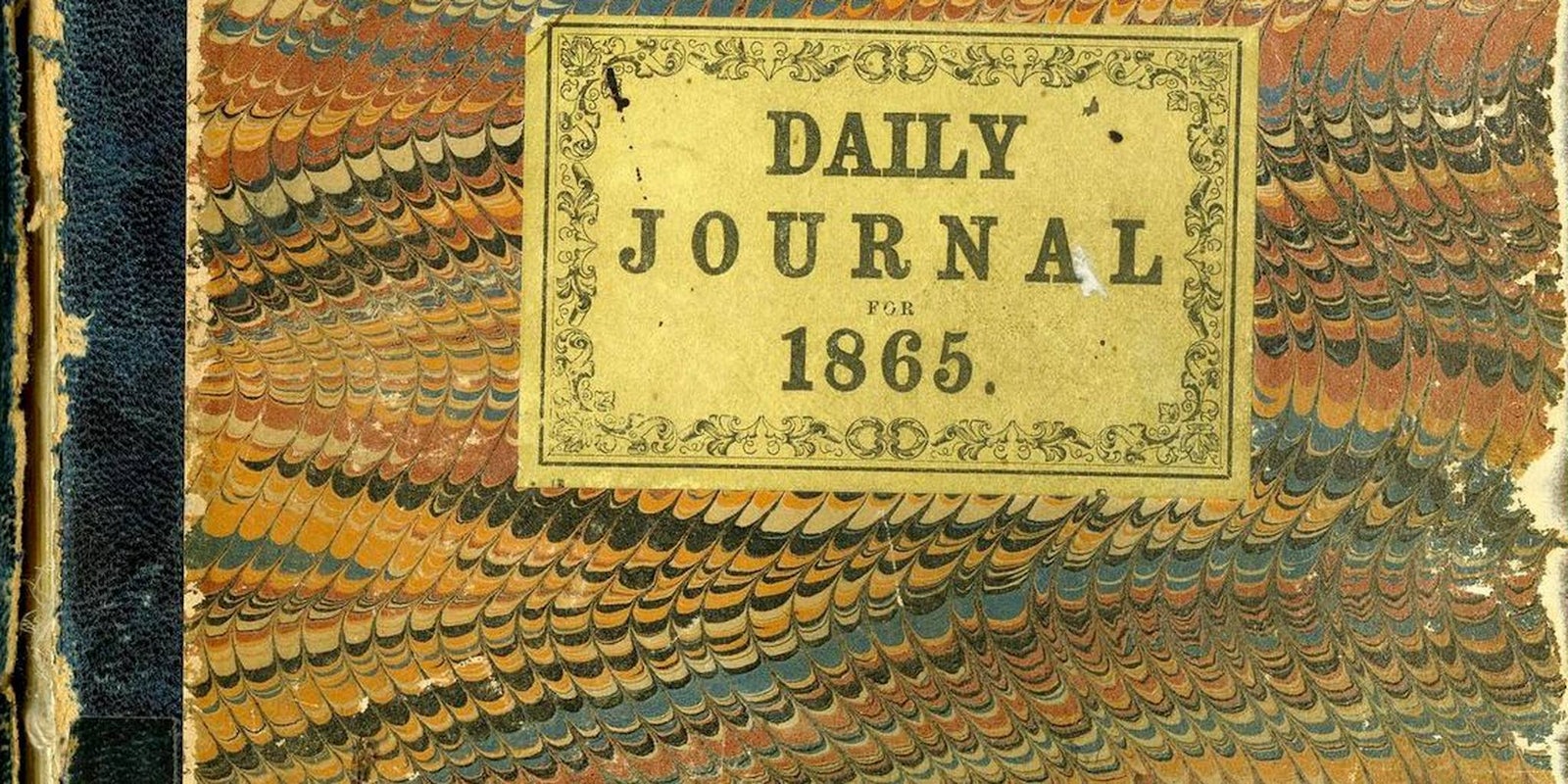The Smithsonian Institution is often called “America’s attic.” It turns out there are so many boxes of old paper in that attic that the Smithsonian has started a “digital volunteers” cadre to crowdsource the transcription of thousands upon thousands of digitized documents which help to add detail to our picture of the country’s past.
So far 1,417 volunteers have helped to transcribed 6,069 documents in the institution’s collection.
The individual projects are a spectroscopic view of American obsessions at their best. Most are science-focused, but some primarily detail life as it was lived during important parts of American history.
Fascinating examples of projects available for volunteer transcriptions include:
“[I]f the name doesn’t ring a bell, the butterflies and moths that make up this order will! Transcribe Carl Heinrich’s field notebooks to learn more about the insect-plant relationships he detailed in 1918.”
“Moving beyond the figurative cusp of war, Mary Henry lived at the line of secession – she could see the Confederate States of America from her home in the Smithsonian Institution Building, or Castle. Learn more about the course of the entire Civil War and events in Washington, D.C. as you transcribe this diary.”
“These papers detail the lives, practices, and languages of the Yuma and Mohave tribes ca. 1856. Transcribe these notes to learn about the origins of these tribe names, how the tribes referred to themselves, and their social structure in the 1850s.”
If you nerd out about science, history, the history of science, the science of history, or books, this is the librarian equivalent of discovering 1) Mos Eisley actually exists and 2) is even more of a wretched hive of scum and villainy than previously thought.
So if you’d like to lend your electrochemical power of mental thinking and the electromechanical power of your computing device to the service of our collective self-knowledge and the progress of science, just visit the Projects Page, choose one you like, hit one of the pages that needs transcription, and hit the yellow “Click Here for Instructions” band. Then, have at it.
Photo via Smithsonian
